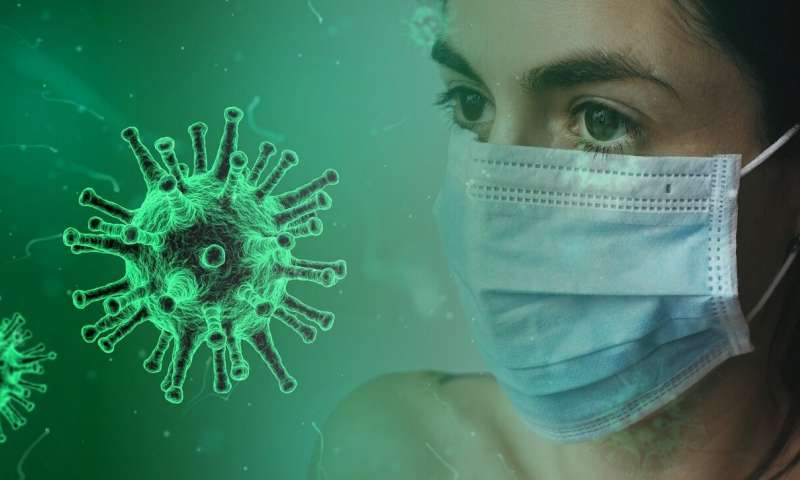To achieve long-term victory over COVID-19, humans must reach herd immunity—the point at which the virus can no longer find enough hosts to cause significant levels of infection in a population. An effective COVID-19 vaccine will enable the world to accomplish this goal rapidly and safely, and researchers are optimistic that an immunization will be available soon. According to new research by Associate Professor of Psychology Jennifer Trueblood, however, the development of an effective vaccine is only the first part of the immunity solution.
“Even if we have an effective COVID vaccine and we can produce as many doses as we need, we still have to get people to take the vaccine,” Trueblood said. “There have been numerous reports in the media recently that people are skeptical of a vaccine, so I wanted to see what might affect vaccine uptake and what sort of messaging can help people’s willingness to take a vaccine.”
From a psychological perspective, immunization with a brand-new vaccine is a gamble. Individuals must weigh the potential benefits of the vaccine (immunity to COVID-19) against the financial cost and physical pain of the shot, plus the probability that it may yield no benefit or may even cause active harm (such as illness or disability due to side effects). To help determine whether people’s personal risk preference might affect their willingness to take a COVID-19 vaccine, Trueblood analyzed data from a wide-ranging survey that has been running since March. The survey asks a representative sample of nationwide participants about various behaviors, attitudes and outcomes related to COVID-19, including their natural willingness to take risks and whether they plan to take a vaccine if one becomes available. Overall, individuals with higher risk preferences were more likely to say they plan to be vaccinated, while individuals with lower risk preferences were more likely to say they do not plan to be vaccinated.
Given these findings, Trueblood then wanted to determine whether certain messages might convince risk-averse people to take a COVID-19 vaccine. In a separate experiment, she tested two messages. One emphasized social duty and benefit, referring to the way widespread vaccination helps build herd immunity to a disease. The other focused on a hypothetical vaccine’s high rate of effectiveness, limited side effects, and approval through a standardized and rigorous process. Study participants either received one message, received both in combination, or were part of a control group that received no messaging. The results surprised Trueblood and her team.
“We thought that both messages, together, would be most effective, but we found that combining them wasn’t any more effective than the baseline of no messaging. We also found that people who were risk-averse had a really negative response to the efficacy [second] message, while the message about herd immunity had a positive impact on their willingness to get vaccinated,” she said.
Trueblood plans to conduct follow-up research to further explore factors that influence people’s decisions about a COVID-19 vaccine. This study did not investigate people who categorically refuse all vaccines, and it did not address all factors previously shown to affect vaccine uptake. Variables such as people’s previous experience with vaccines, social and demographic characteristics, and level of trust in the health care system or government can all interact with risk tolerance and with each other to inform a person’s final decision about taking a particular vaccine.
Regardless of the factors at play, however, Trueblood said the implications are clear: scientists, public health officials and other vaccine communicators need to be intentional in their messaging.
“From a policy or marketing standpoint, messaging needs to be very carefully tested,” she said. “When people start to think about what they want to say about this vaccine, it’s critical to realize that the information is not going to be received equally by everyone.”
Kathryn Royster, Vanderbilt University


